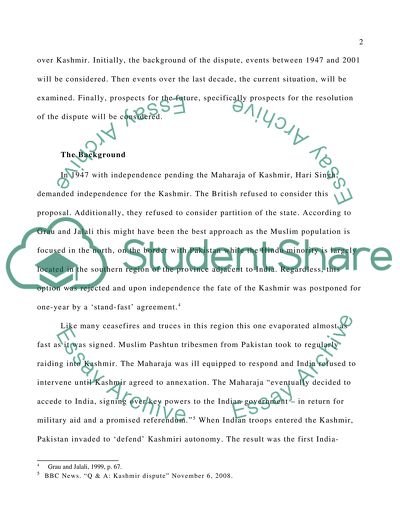Cite this document
(“Kashmir conflict Essay Example | Topics and Well Written Essays - 2500 words”, n.d.)
Retrieved from https://studentshare.org/history/1405364-kashmir-conflict
Retrieved from https://studentshare.org/history/1405364-kashmir-conflict
(Kashmir Conflict Essay Example | Topics and Well Written Essays - 2500 Words)
https://studentshare.org/history/1405364-kashmir-conflict.
https://studentshare.org/history/1405364-kashmir-conflict.
“Kashmir Conflict Essay Example | Topics and Well Written Essays - 2500 Words”, n.d. https://studentshare.org/history/1405364-kashmir-conflict.


